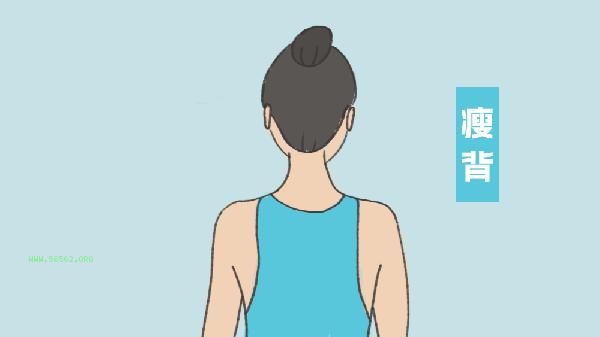Triceps injuries can be accelerated through rest and immobilization, alternating cold and hot compresses, physical therapy, medication, and rehabilitation training. Triceps injuries are usually caused by excessive exercise, external impact, muscle strains, chronic strain, or tendon degeneration.
1. Rest brake
During the acute phase, upper limb activities should be immediately stopped to avoid lifting heavy objects or exerting force. If necessary, use protective gear to fix the elbow joint. The rest time is adjusted according to the degree of injury. Mild strains require 2-3 days, while severe tears require more than 2 weeks. Early braking can reduce secondary damage and promote muscle fiber repair.
2. Alternating cold and hot compress
Within 48 hours after injury, ice compress every 2 hours for 15 minutes to reduce swelling and inflammation. After 48 hours, switch to hot compress to promote blood circulation, and the temperature should be controlled at 40-45 ℃. Alternating use can alleviate pain and accelerate the clearance of metabolic waste.
3. Physical therapy
Ultrasonic therapy can penetrate deep into tissues to promote repair, while electrical therapy can alleviate muscle spasms. Professional institutions can perform shock wave therapy to improve chronic injuries, 2-3 times a week for a course of 4-6 weeks. Physical therapy should be performed under the guidance of a doctor to avoid excessive stimulation.
4. Drug therapy
When pain is significant, nonsteroidal anti-inflammatory drugs such as ibuprofen sustained-release capsules and diclofenac sodium enteric coated tablets can be used according to medical advice. For severe swelling, flurbiprofen gel ointment can be applied externally for a short time. Muscle spasms can be treated with methylprednisolone hydrochloride tablets, but strict adherence to medical advice is required.
5. Rehabilitation training
After pain relief, passive stretching begins and gradually transitions to resistance training with elastic bands. Recommend centrifugal contraction exercises such as slowly lowering dumbbells, 3 times a week, 3 groups per time. In the later stage of recovery, composite movements such as push ups and variations can be performed, but sudden exertion should be avoided. During the recovery period, maintain high-quality protein intake and supplement with moderate amounts of vitamin C and calcium daily. During sleep, avoid compressing the affected limb and elevate the forearm to reduce swelling. Do not engage in explosive push exercises until fully recovered, and warm up thoroughly before exercising. If functional impairment persists after 6 weeks, it is recommended to undergo a follow-up MRI to evaluate tendon integrity. Low impact exercises such as swimming can be performed in daily life to maintain muscle strength, and attention should be paid to standardized movements to avoid compensation.






Comments (0)
Leave a Comment
No comments yet
Be the first to share your thoughts!